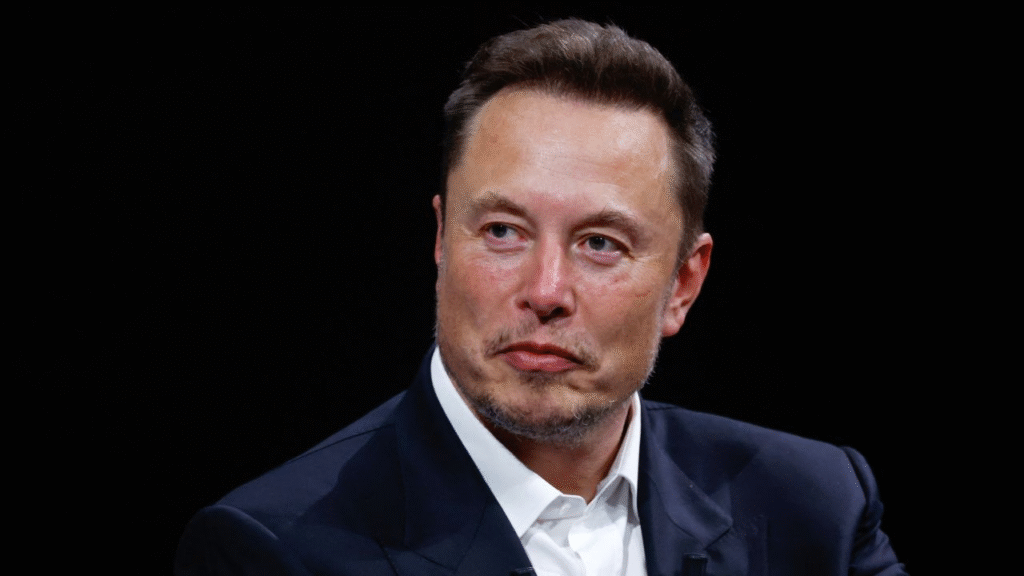A new analysis has raised serious concerns over recent changes proposed by the Trump administration to Social Security operations.
These changes, while officially being made to reduce fraud, are expected to create a major burden on millions of people—especially the elderly, disabled, and those living in rural or remote areas.
The changes mainly affect how people update their direct deposit information. Earlier, Social Security beneficiaries could simply verify their identity over the phone using basic security questions. But now, the process has become far more complicated.
Beneficiaries will either need to go through a multifactor authentication process that includes a one-time PIN code or physically visit a Social Security field office.
This shift is being justified by Trump’s team as a way to fight fraud. But according to the Center on Budget and Policy Priorities (CBPP), the actual fraud rate for direct deposits is less than 0.01%. In other words, for every 10,000 transactions, maybe one might have an issue. So why such a big change for such a small problem?
The CBPP’s new report, released on Friday, says this move could lead to a “significant new burden” for people across the country.
This is especially true for those who don’t have internet access, smartphones, or the technical know-how to use SSA’s online services. For many elderly or disabled individuals, even making a trip to the nearest Social Security office is not a simple task.
Visiting a Social Security Office Isn’t Easy for Everyone
According to CBPP’s data, around 2 million people will be forced to visit a field office because of this new process. And for many of them, that won’t be easy.
In fact, another report from April found that nearly 6 million Americans live more than 45 miles away from their nearest Social Security office.
Let’s not forget: many Social Security beneficiaries are either elderly, have mobility issues, or simply don’t have access to reliable transportation. Making them travel long distances just to verify a banking change could cause stress, delays, and even missed payments.
And it doesn’t end there.
If someone doesn’t already have an online SSA account, they’ll need to hang up the phone, go online to set it up, and then call SSA again. That sounds manageable for tech-savvy people, but for many seniors, it’s a complicated and frustrating process.
Adding to this problem is the fact that getting through to SSA on the phone is already difficult. On average, the wait time for a callback is 2.5 hours. So imagine someone having to go through all this just to update their banking details.
Staffing Cuts Make the Problem Worse
The situation gets even more concerning when you consider what’s happening behind the scenes. While the Trump administration is pushing more people into Social Security offices, it’s also reducing the number of staff working there.
According to The New York Times, the Social Security Administration (SSA) has already seen a 5% staff reduction. And more cuts are on the way. Some projections say that up to 17% of the SSA workforce could be slashed.
That means fewer staff members available to help more people. Long wait times will get even longer. In-person visits will become more frustrating. And people who already struggle with navigating government systems will suffer even more.
Critics Say This Is a Strategy to Weaken Social Security
Social Security advocates are speaking out.
Alex Lawson, the executive director of Social Security Works, believes these changes are intentional. In a strong statement, he said:
“The Trump administration and its goons are waging a full-scale war against Social Security. They are forcing millions of Americans into Social Security offices at the same time they are cutting a huge percentage of the workforce.”
He added, “The Trump-Musk regime has one goal: Wreck Social Security so they can rob it. When people can’t get their benefits for any reason, that is a benefit cut.”
Lawson’s statement points toward a broader fear among policy experts—that these operational changes are not just about preventing fraud, but are part of a larger plan to weaken Social Security as a public system.
Once people start losing trust in the system or find it too hard to use, it becomes easier for policymakers to suggest privatizing it or cutting its funding.
The Role of Elon Musk and the “Efficiency” Agenda

Interestingly, Elon Musk, billionaire CEO of Tesla and SpaceX, has also been linked to this effort. Along with a group known as the “Department of Government Efficiency,”
Musk has reportedly advised Trump on ways to cut down government spending. This includes reducing staffing and pushing for more automation in government services.
While cutting waste and improving efficiency might sound like a good thing, the real-world effects of such changes can be damaging—especially when they affect essential programs like Social Security.
It’s one thing to modernize a system. It’s another to make it so complicated that the people who need it the most are the ones who suffer the most.
What Does This Mean for You?
If you or a loved one relies on Social Security, here’s what you need to know:
- You won’t be able to update your direct deposit info by phone using just your personal details.
- You’ll now need to complete a multi-step verification process involving a one-time PIN.
- If you don’t have an online account, you’ll need to create one and call SSA again.
- If you’re not tech-savvy, your only option may be to visit a Social Security office in person.
- Long distances, especially for rural residents, and reduced staff could make this process even more stressful.
Final Thoughts
At a time when millions of Americans depend on Social Security to meet their basic needs, making it harder to access or manage those benefits is not just inconvenient—it’s harmful.
While the Trump administration argues that these changes are about cutting fraud, the numbers don’t support that claim. Instead, it appears to be a move that could push the most vulnerable people into confusion, frustration, and even financial trouble.
Social Security is supposed to be a safety net, not a maze. And in today’s world—where not everyone has a smartphone or access to the internet—it’s more important than ever to ensure that systems remain accessible, simple, and fair.



